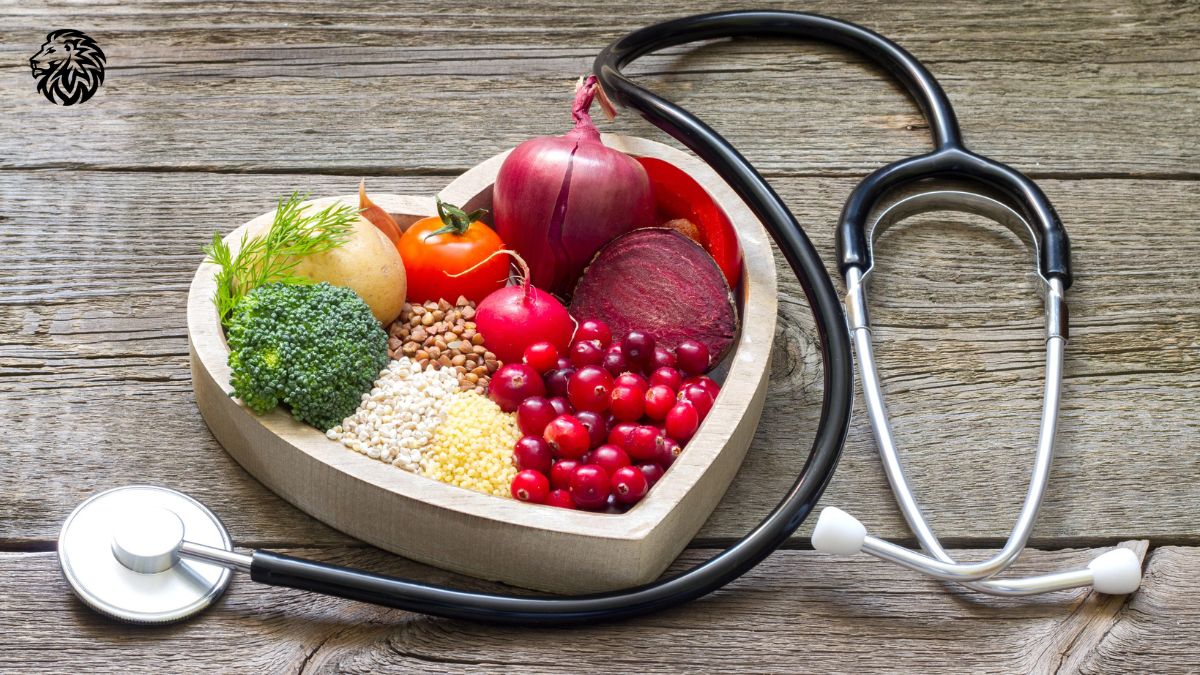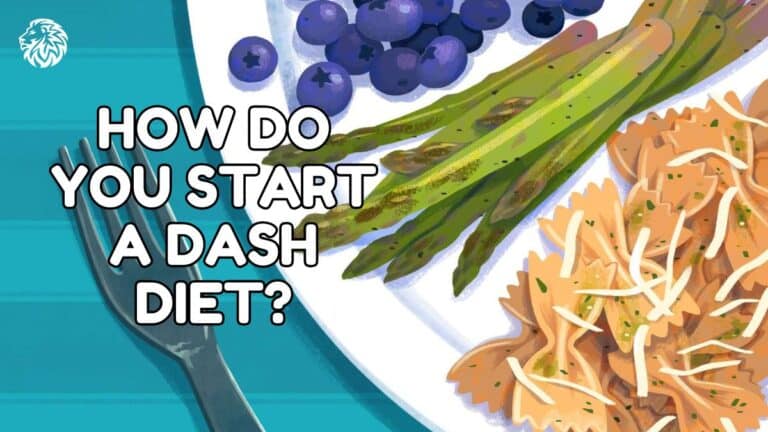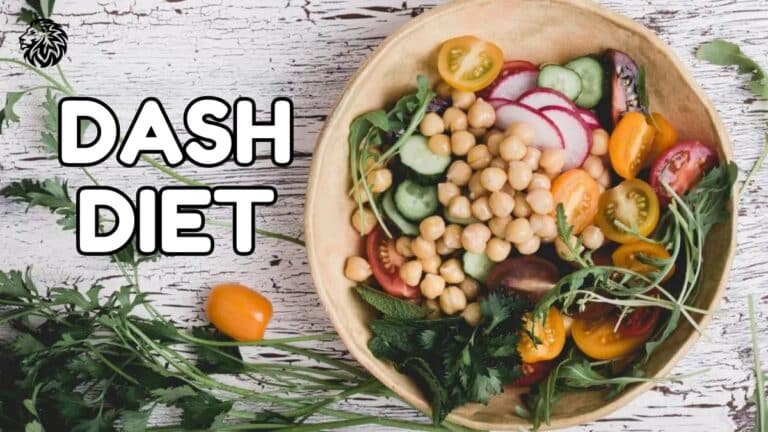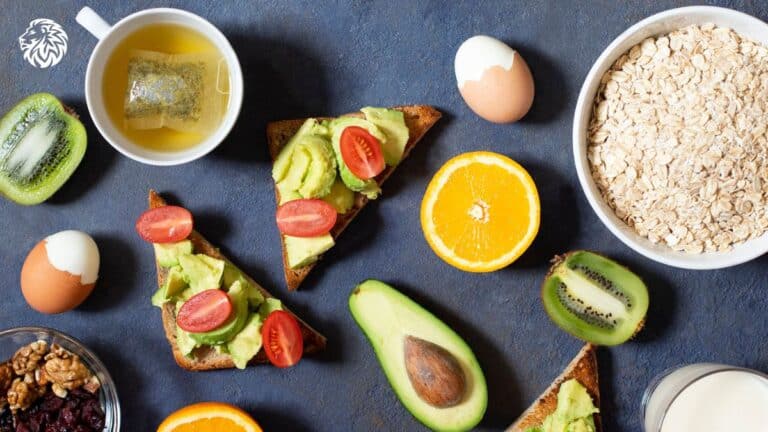The DASH (Dietary Approaches to Stop Hypertension) diet is a flexible and balanced eating plan designed to help prevent or manage high blood pressure, also known as hypertension. Beyond lowering blood pressure, the DASH diet can also support heart health, weight management, and overall well-being. This plan emphasizes nutrient-rich foods that are naturally low in sodium and encourages a wide variety of food choices that provide essential nutrients.
In this blog post, we’ll break down how the DASH diet works, its key principles, and how you can incorporate it into your daily routine.
Understanding the Basics of the DASH Diet
The DASH diet was created after research funded by the National Institutes of Health (NIH) found that certain dietary patterns could lower blood pressure. It’s based on consuming foods rich in potassium, magnesium, calcium, and fiber while limiting foods high in sodium, saturated fats, and added sugars. These nutrients are essential in helping regulate blood pressure and maintaining a healthy cardiovascular system.
At its core, the DASH diet encourages eating:
- Fruits and vegetables: Packed with fiber, vitamins, and minerals like potassium and magnesium, which help control blood pressure.
- Whole grains: A great source of fiber, which helps with digestion and long-term heart health.
- Lean proteins: Including poultry, fish, and plant-based proteins like beans and lentils. These help maintain muscle mass without excessive saturated fats.
- Low-fat dairy: Provides calcium without too much saturated fat, supporting bone and heart health.
- Nuts and seeds: Rich in healthy fats, vitamins, and minerals.
- Healthy fats: Focusing on unsaturated fats, such as those found in olive oil and avocados, instead of butter or full-fat dairy.
Sodium Reduction: A Key Component
One of the main goals of the DASH diet is to reduce sodium intake. The standard DASH diet recommends limiting sodium to no more than 2,300 milligrams (mg) per day, which aligns with general dietary guidelines. For even greater blood pressure benefits, the lower-sodium version of the DASH diet caps sodium intake at 1,500 mg per day.
High sodium levels can lead to water retention, which increases blood volume and ultimately raises blood pressure. By cutting down on sodium, the DASH diet helps reduce the pressure on your arteries, allowing for better heart function and a lower risk of cardiovascular disease.
How the DASH Diet Lowers Blood Pressure
The DASH diet works by targeting several key factors that influence blood pressure:
- Lowering Sodium Intake: As mentioned earlier, sodium causes the body to retain water. Less sodium means less fluid in the blood, which leads to lower pressure on artery walls.
- Increasing Potassium, Magnesium, and Calcium Intake: These minerals are critical for regulating blood pressure. Potassium helps balance out sodium levels in the body, magnesium helps blood vessels relax, and calcium supports proper muscle function, including the muscles around your blood vessels.
- High in Fiber: Fiber not only aids digestion but also helps control blood sugar levels, which can influence blood pressure. A fiber-rich diet can also help maintain a healthy weight, reducing strain on the heart.
- Emphasizing Healthy Fats: The DASH diet encourages unsaturated fats, which can help lower cholesterol levels, reducing the risk of atherosclerosis (the buildup of plaque in arteries). Healthy fats also support overall heart health.
Food Groups and Serving Recommendations
The DASH diet isn’t restrictive, but it does emphasize portion control and balance. Here’s a look at the recommended daily servings for each food group in a 2,000-calorie-per-day DASH diet:
- Grains: 6-8 servings per day. These include whole grains like oats, brown rice, and whole wheat bread.
- Vegetables: 4-5 servings per day. Leafy greens, carrots, and tomatoes are great choices.
- Fruits: 4-5 servings per day. Opt for fresh or frozen fruits like apples, oranges, berries, and bananas.
- Low-fat dairy: 2-3 servings per day. This includes options like skim milk, yogurt, and low-fat cheese.
- Lean protein: 6 or fewer servings per day. This can include chicken, fish, eggs, or plant-based proteins like beans and tofu.
- Nuts, seeds, and legumes: 4-5 servings per week. Almonds, sunflower seeds, and lentils are excellent sources.
- Fats and oils: 2-3 servings per day, focusing on healthy oils like olive oil.
Benefits Beyond Lowering Blood Pressure
While the DASH diet is best known for its role in reducing blood pressure, it offers a range of additional health benefits that go beyond heart health. By promoting nutrient-dense foods and balanced eating, this diet can improve multiple aspects of your well-being:
1. Improves Heart Health
In addition to lowering blood pressure, the DASH diet helps reduce LDL (bad) cholesterol levels, which is crucial for preventing the buildup of plaque in arteries. The diet’s focus on whole grains, fruits, vegetables, and healthy fats (like those from nuts and olive oil) supports heart function. By minimizing saturated and trans fats, the diet lowers the risk of developing cardiovascular diseases such as heart attacks and strokes. The potassium-rich foods in the diet also help balance the effects of sodium, further supporting heart health.
2. Supports Weight Loss
The DASH diet promotes eating whole, unprocessed foods that are naturally lower in calories and higher in fiber. This can help individuals feel full longer, reducing overall calorie intake. Because it discourages processed foods, which are often loaded with empty calories, added sugars, and unhealthy fats, many people find they can lose weight without strictly counting calories. Combined with portion control and physical activity, the DASH diet can be an effective tool for gradual and sustainable weight loss.
3. Stabilizes Blood Sugar Levels
For those with or at risk for type 2 diabetes, the DASH diet offers substantial benefits. High-fiber foods, like whole grains, legumes, and vegetables, can help prevent blood sugar spikes by slowing down digestion and promoting steady glucose levels. The diet also limits sugary foods and refined carbs, which are known to cause rapid increases in blood sugar. This makes the DASH diet an excellent choice for people who need to manage their blood sugar levels or reduce their risk of developing diabetes.
4. Reduces the Risk of Stroke
Studies show that following the DASH diet can significantly reduce the risk of stroke, even in people without high blood pressure. This is likely due to the combination of lower sodium intake, heart-healthy fats, and a focus on nutrient-dense foods that promote overall vascular health. By lowering both cholesterol and blood pressure levels, the diet helps prevent the blockages and blood clots that can lead to strokes.
5. Promotes Kidney Health
The DASH diet supports kidney health by reducing sodium intake and promoting foods that help regulate blood pressure. High blood pressure is a leading cause of kidney damage, and by lowering blood pressure through diet, individuals can protect their kidneys from long-term harm. The emphasis on reducing processed foods and increasing fresh, whole foods also reduces the burden on the kidneys, especially when following the lower-sodium version of the diet.
6. Improves Overall Nutrient Intake
One of the advantages of the DASH diet is its balanced and nutrient-rich approach to eating. By focusing on a variety of food groups, the diet ensures that you’re getting essential vitamins and minerals like potassium, magnesium, calcium, and fiber. These nutrients play vital roles in maintaining healthy bodily functions, from muscle and nerve function to maintaining bone density and a strong immune system.
7. Reduces Inflammation
Chronic inflammation is a contributing factor to many health conditions, including heart disease, diabetes, and some cancers. The DASH diet is rich in anti-inflammatory foods like fruits, vegetables, whole grains, and healthy fats. These foods contain antioxidants and phytochemicals that help reduce inflammation in the body, protecting against long-term health issues.
8. Enhances Mental Well-being
While the DASH diet primarily focuses on physical health, it can also have positive effects on mental well-being. Eating a balanced diet rich in fruits, vegetables, whole grains, and lean proteins has been linked to better mood regulation and cognitive function. The diet’s ability to stabilize blood sugar and reduce processed food intake may also contribute to improved mental clarity and reduced symptoms of anxiety or depression.
By providing a comprehensive approach to health, the DASH diet not only helps manage blood pressure but also supports long-term health in various ways. This makes it a versatile and sustainable eating plan for anyone looking to improve their overall well-being.
How to Get Started with the DASH Diet
If you’re interested in starting the DASH diet, the good news is that it’s straightforward and adaptable. Here are some tips to help you get started:
- Gradually Reduce Sodium: It can be tough to go from a high-sodium diet to one with much lower levels. Start by cutting back on processed and packaged foods, which are typically loaded with sodium. Cooking more meals at home can help you control the amount of salt in your food.
- Increase Fruits and Vegetables: Try adding one or two servings of fruits or vegetables to each meal. For example, have a side salad with dinner or add some berries to your breakfast.
- Choose Whole Grains: Replace refined grains like white bread or pasta with whole grain alternatives. They’re more filling and provide more nutrients.
- Focus on Lean Proteins: Swap out fatty cuts of meat for leaner options like chicken breast or fish. You can also incorporate more plant-based proteins like beans and lentils into your meals.
- Watch Portion Sizes: The DASH diet isn’t about deprivation, but paying attention to portion sizes can help you stay on track. Using smaller plates and being mindful of serving sizes can make a big difference.
Long-Term Success with DASH
The DASH diet isn’t a quick fix but a sustainable eating pattern. Because it’s based on everyday, accessible foods, many people find it easier to stick to than more restrictive diets. The flexibility allows you to adjust your meals to fit your preferences and needs while still supporting your health.
For long-term success, make gradual changes and focus on consistency. It’s also important to stay physically active, as regular exercise can further enhance the benefits of the DASH diet in managing blood pressure and improving overall health.
Conclusion
The DASH diet works by combining nutrient-rich foods that support heart health, lower blood pressure, and offer numerous other benefits. By focusing on whole grains, fruits, vegetables, lean proteins, and low-fat dairy while reducing sodium and unhealthy fats, the DASH diet provides a balanced and sustainable way to improve your overall health. Whether you’re looking to manage high blood pressure or simply adopt a healthier lifestyle, the DASH diet offers a flexible approach that can fit into your daily life.
References
- National Heart, Lung, and Blood Institute. (n.d.). DASH eating plan. National Institutes of Health. https://www.nhlbi.nih.gov/education/dash-eating-plan
- MedlinePlus. (n.d.). DASH diet: Healthy eating to lower your blood pressure. National Library of Medicine. https://medlineplus.gov/ency/patientinstructions/000784.htm
- Mayo Clinic Staff. (2023, September 16). DASH diet: Healthy eating to lower blood pressure. Mayo Clinic. https://www.mayoclinic.org/healthy-lifestyle/nutrition-and-healthy-eating/in-depth
- National Heart, Lung, and Blood Institute. (2020, November). Why the DASH diet works. National Institutes of Health. https://www.nhlbi.nih.gov/sites/default/files/publications/WhyDASHWorks_UpdateNov20.pdf
- National Heart, Lung, and Blood Institute. (n.d.). DASH diet research. National Institutes of Health. https://www.nhlbi.nih.gov/education/dash/research







